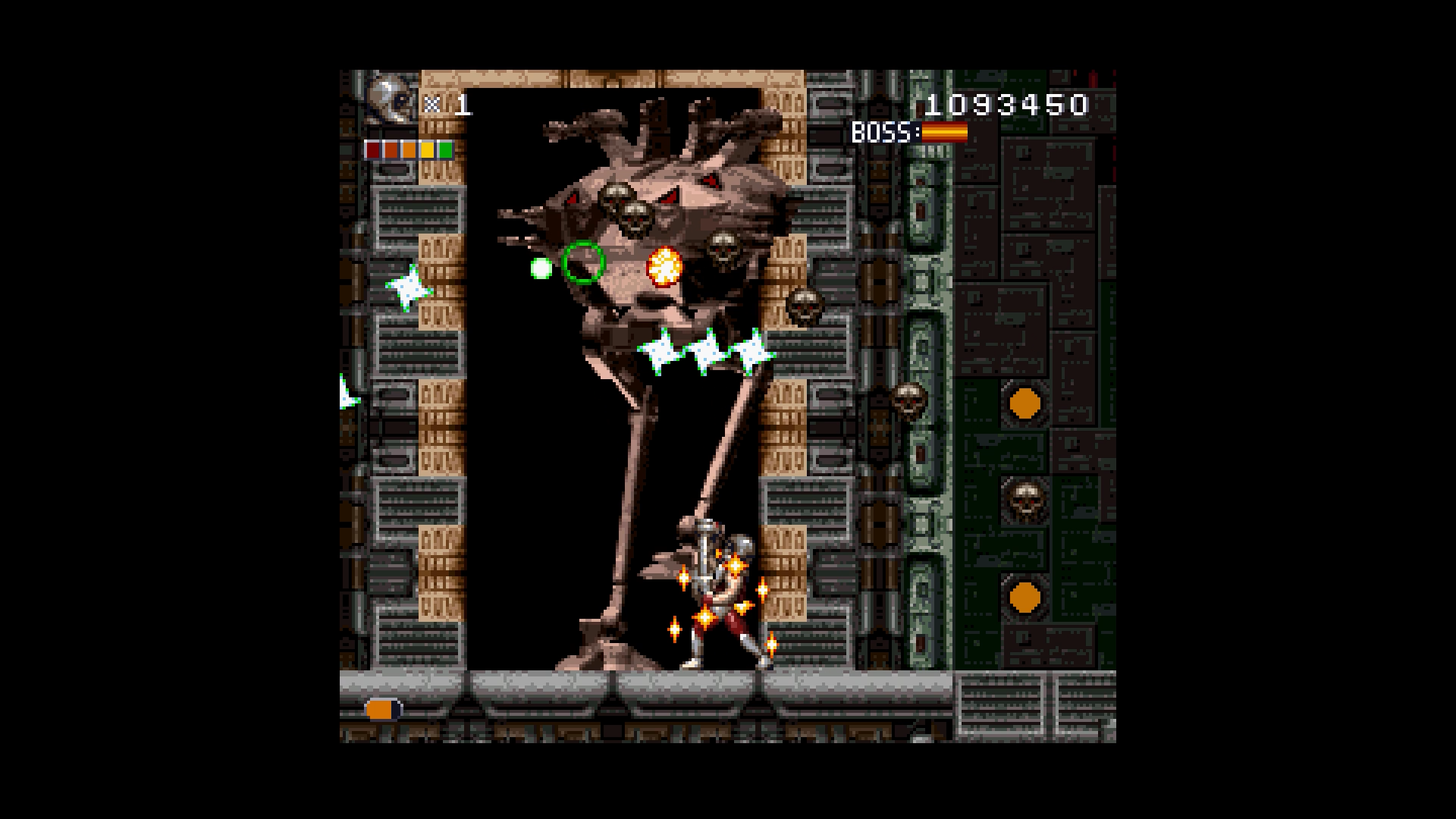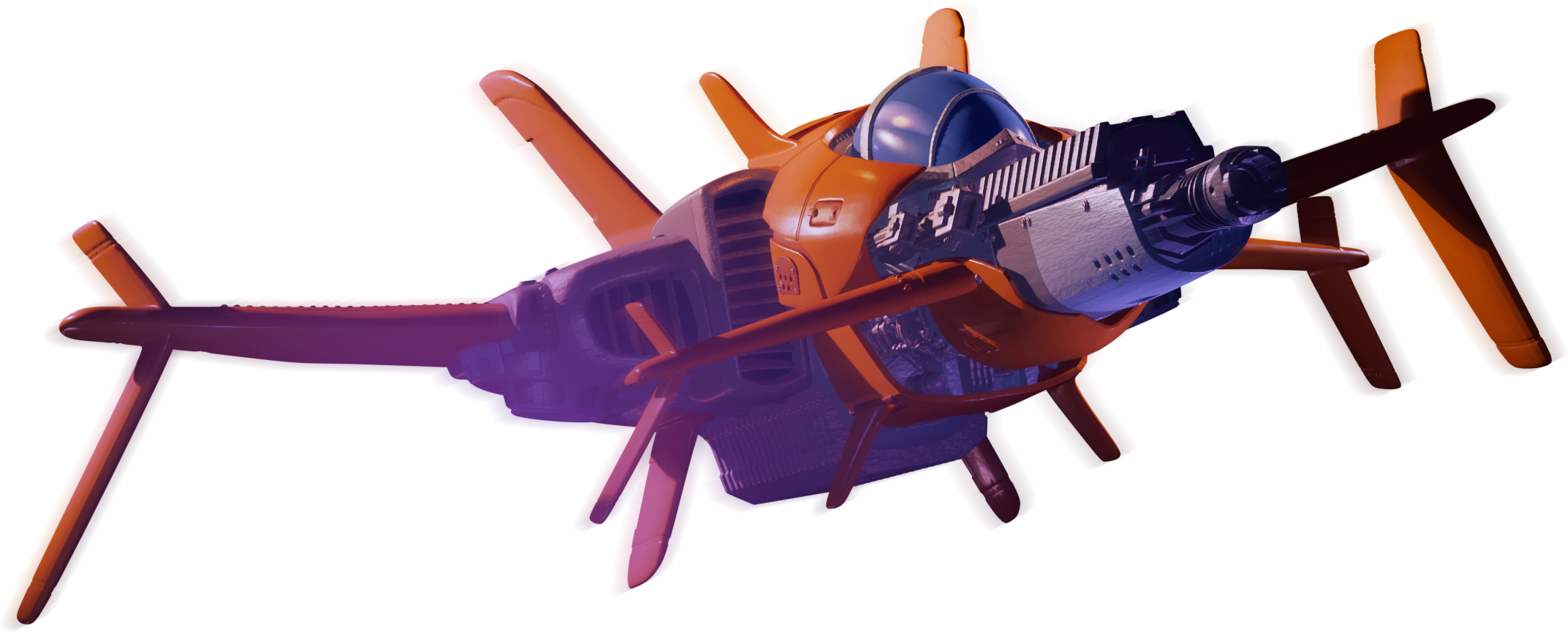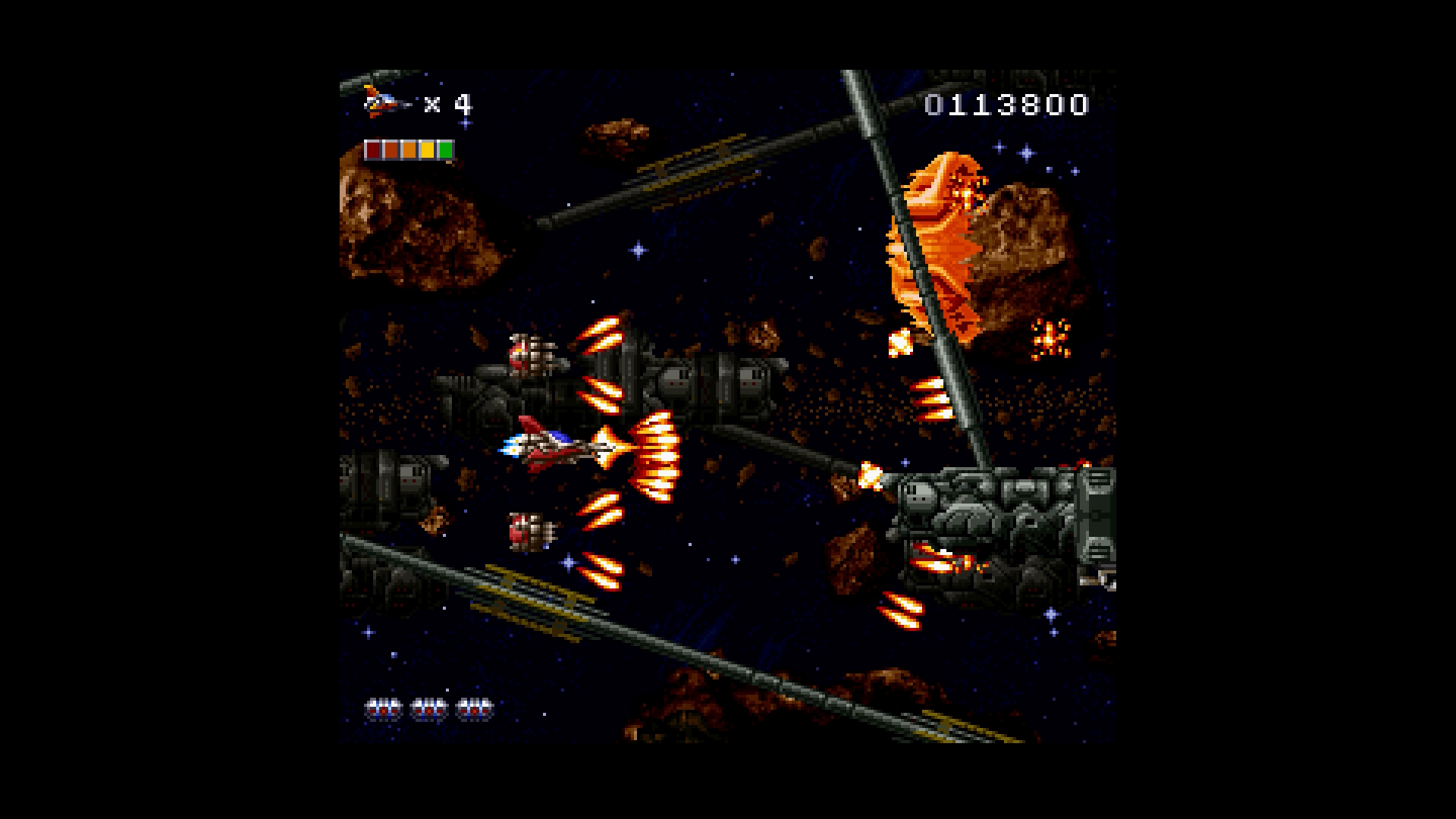Even if you were an avid gamer back in the ’90s, chances are you’ve never even heard of Rendering Ranger R2. The game was released exclusively by the Japanese branch of Virgin, with only a few thousand units distributed. It was developed by German game designer Manfred Trenz, best known for his magnum opus, Turrican. PAL and US versions were ready for release under the title Targa, but they never saw the light of day. So yeah, it’s safe to say Rendering Ranger was obscure.
That obscurity helped Rendering Ranger R2 earn a reputation as a highly desirable import. More of a cult classic by scarcity than by merit, perhaps — though the legend of Trenz certainly added to its mythos. In a commendable act of preservation (with a wink), Limited Run Games acquired the rights and brought the title back into the spotlight with a [Rewind] remaster.
Mashup
Originally released in 1995 for the Super Famicom, Rendering Ranger is a post-apocalyptic run-and-gun platformer that plays like a Contra game for the most part, with a bit of Terminator and Aliens thrown in. Naturally, its elusive sibling Turrican simmers under the surface as well. Thematically, it fits all these inspirations quite well too: in this bleak future, Earth is under siege by an unstoppable army of robotic killing machines — the “Renders” — sent by an unknown alien force. Humanity’s colonies and defenses have already fallen. Now, the only hope for survival lies in you — the Rendering Ranger, a one-person combat unit armed to the teeth and out for vengeance.
Minimal Tweaks
Once you boot up the game, you can choose between the Japanese version or the unreleased European Targa build. From what I’ve seen, the differences are negligible, keeping in mind that the Japanese version is completely in English as well.
Speaking of sprites, the game’s standout visual feature is its pre-rendered graphics — a trend made popular by Donkey Kong Country and Killer Instinct. While impressive in theory, here it can lead to visual clutter. Background and foreground often share the same color palette, which makes hazards like pits harder to spot than they should be.

Guns, Sprites, and Shmups
The game’s run-and-gun segments feel a lot like Alien³ on SNES, a bit more than the much-alluded-to Contra, if you ask me. You can shoot diagonally using the shoulder buttons and swap between several weapons, each more or less effective depending on the enemy. Levels are designed to test memory and patience as you won’t get far just blasting away like a maniac. It’s a left-to-right ordeal than, save for the occasional elevator section or drop to add some verticallity to the gameplay.
The shmup levels are arguably the real highlight. They aren’t revolutionary either, but they’re fast-paced, mechanically sound, and let you shoot in both directions by rotating your ship, a neat touch that adds tactical depth without cranking up the difficulty too much.

The prototypical 1995 game
The game isn’t without flaws. The pre-rendered graphics may appeal to some, but they make it hard to parse the environment. Controls feel a bit stiff, especially in tight situations where crouching can feel awkward and unreliable, often leading to cheap deaths early on. Losing a life strips you of all your power-ups, leaving you to face some pretty intense sections with just the proverbial pea shooter you start with. Levels progressively ramp up in difficulty and it’s rare to reach a boss with enough firepower left to stand a real chance and clear it without losing a life. Maybe that’s part of the ’95 charm, but even by retro standards, the reliance on stockpiling power-ups feels harsh. Some players will love this kind of punishment, they can add a point to their score. I’m just not one of them. It’s why I hate Gradius while others love it.
Carbon Engine
This re-release is powered by the Carbon Engine, Limited Run Games’ in-house retro emulation platform. Developer Joe Modzeleski has led the platform, aiming to combine game preservation with commercial re-releases. The engine has already supported several notable titles like River City Girls Zero, Gex Trilogy, Rocket Knight Adventures: Re-Sparked!, and Clock Tower: Rewind. Rendering Ranger R2 fits nicely in this lineup.

While the emulation itself is solid, Carbon Engine games have often been light on features, especially compared to platforms like QUByte’s engine or Bitwave Studio’s emulation framework. Rendering Ranger: Rewind is no exception, although some effort is made to spice the package up a bit. The rewind feature is easily accessible with the shoulder buttons and can come in very handy if you’re looking to complete the game rather than aiming for a 1CC on merit.
Save states and continues
For some weird reason, I couldn’t find the save state menu in the game, despite trying every button combination imaginable. Nowhere in the UI is there any mention of the feature. It appears that pressing both left and right shoulder buttons does the trick. Weirdly, it took me a couple of tries before it finally popped up. Anyway, that could be more of a “me” problem than an error in implementation.
There’s a museum feature as well. You can check out digitized versions of the original box art and manual, along with some additional art. As I said, it’s a bit sparse but it’ll do. I would have loved to see the developer hack the source code and add a proper “continue” feature to make the later levels more accessible for casual gamers. Alas, they chose to keep the core game intact, which is fine from a preservation standpoint.
Final Thoughts
At the end of the day, the fact that there isn’t a whole lot to say about Rendering Ranger kind of sums it up. It’s not a bad game, it works, it’s competently made but it doesn’t stand out. This release exists because it’s one of the most obscure Super Famicom games ever released, not because it demands rediscovery on gameplay merit. Like many retro reissues, it feels more like a case of “we got the rights, so why not?” than a genuine must-play.
That said, from a preservation standpoint, there’s real value here. Rendering Ranger was nearly lost to time. It’s a game developed by a legendary figure, barely released, and long locked behind collector-only access. Having it officially available, preserved in a playable and stable state, ensures that the game’s odd little place in gaming history isn’t forgotten. For that alone, this [Rewind] edition earns some credit.
For run-and-gun loyalists, there’s actually quite a bit to appreciate. The game offers tight action, varied set of weapons, and level design that rewards players with patience and precision. It might not break new ground, but it absolutely holds its own within the genre. On the flip side, while the shmup sections are solid and enjoyable, they’re not a big enough part of the package to make this a must-play for shmup purists — it's too much effort to get there for too little of the good stuff.
The good
- One of the must obscure Super Famicom games is offcially preserved
- Unique blend between run-and-gun and shmup gameplay
- Basic but adequate features to make the game more accessible to new players
- Fairly interesting Shoot-em up gameplay
The bad
- The run-and-gun sections are a bit bland
- No


![Rendering Ranger: R2[rewind]](https://retrolike.net/wp-content/uploads/2025/05/2x1_RenderingRangerR2Rewind_image1600w-1536x768.jpg)